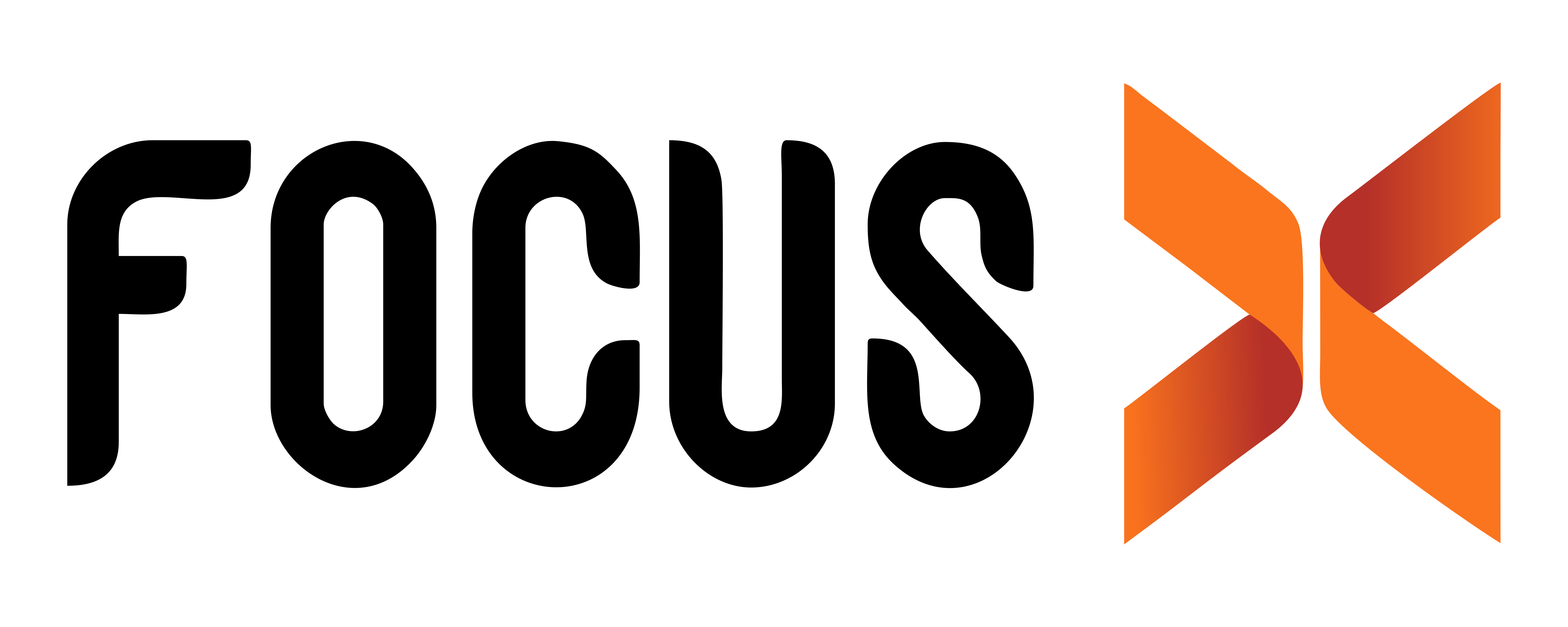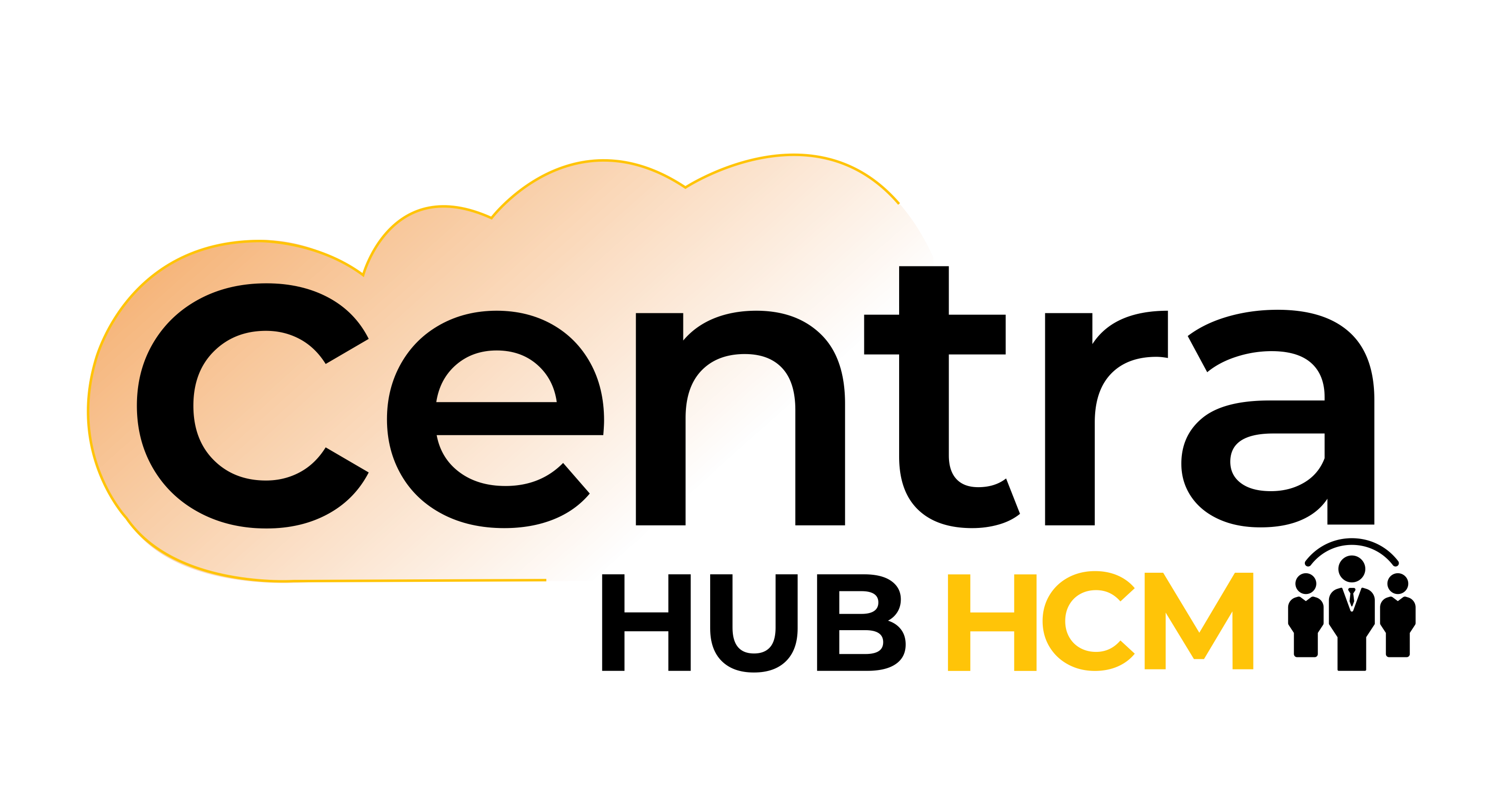Understanding ERP Systems in Healthcare
ERP systems are comprehensive software solutions that integrate and streamline various business processes within an organization. In the context of healthcare, ERP systems provide a centralized platform that connects and manages critical functions, such as patient management, medical billing, inventory management, supply chain management, financial management, and human resources. These systems automate and optimize workflows, improve data accuracy, enhance collaboration, and provide real-time visibility into operations.
How ERP Systems Help Healthcare Organizations During a Pandemic?
During a pandemic, healthcare organizations face unique challenges that require efficient management and resource allocation. Here are several ways ERP systems can support healthcare organizations in navigating these challenges:
1. Streamlined patient management
Patient management is a critical aspect of healthcare operations, especially during a pandemic. ERP systems enable healthcare organizations to efficiently manage patient information, appointments, medical history, and treatment plans. By streamlining patient management, healthcare providers can ensure timely and accurate care delivery, reduce administrative burden, and enhance patient satisfaction.
2. Improved resource management
Effective resource management is vital during a pandemic when healthcare organizations face increased demand and strain on resources. ERP systems provide real-time visibility into inventory levels, medical equipment availability, and staff scheduling. By optimizing resource allocation and forecasting demand, healthcare organizations can ensure the availability of essential supplies and manage staff efficiently.
3. Enhanced supply chain management
Supply chain disruptions are common during a pandemic, making efficient supply chain management crucial for healthcare organizations. ERP systems enable end-to-end visibility into the supply chain, including procurement, inventory management, and distribution. These systems can track inventory levels, monitor stockouts, and facilitate seamless communication with suppliers. By effectively managing the supply chain, healthcare organizations can mitigate disruptions and ensure a steady supply of critical medical equipment and supplies.

4. Integrated financial management
During a pandemic, healthcare organizations face financial challenges such as revenue loss and increased expenses. ERP systems offer integrated financial management capabilities, including billing, invoicing, and accounting. These systems automate financial processes, streamline billing workflows, and provide real-time financial visibility. With accurate financial data, healthcare organizations can manage expenses, optimize revenue cycles, and make informed financial decisions.
5. Enhanced data analytics and reporting
Data analytics and reporting are essential during a pandemic for effective decision-making and resource planning. ERP systems capture and analyze vast amounts of data, allowing healthcare organizations to gain insights into patient trends, resource utilization, and operational efficiency. These systems provide robust reporting tools to generate real-time reports, monitor key performance indicators, and identify areas for improvement. By leveraging data analytics, healthcare organizations can make data-driven decisions, improve patient outcomes, and enhance overall operational performance.
6. Regulatory compliance and reporting
Healthcare organizations must adhere to strict regulatory requirements, especially during a pandemic. ERP systems facilitate compliance by automating regulatory reporting, ensuring accurate documentation, and providing audit trails. These systems assist in maintaining data privacy and security standards, meeting regulatory compliance obligations, and facilitating audits or inspections.
7. Seamless integration and collaboration
ERP systems enable seamless integration with other healthcare systems, such as Electronic Health Records (EHR), Laboratory Information Management Systems (LIMS), and Picture Archiving and Communication Systems (PACS). Integration facilitates the exchange of data and promotes collaboration among healthcare professionals, leading to improved care coordination and better patient outcomes.
Conclusion
During a pandemic, healthcare organizations face unique challenges that require efficient management, resource allocation, and decision-making. ERP systems provide healthcare organizations with a robust and integrated platform to streamline operations, enhance patient care, optimize resource management, and ensure compliance. By leveraging ERP systems, healthcare organizations can respond effectively to the challenges posed by a pandemic and provide high-quality care to patients while optimizing their operational efficiency.







